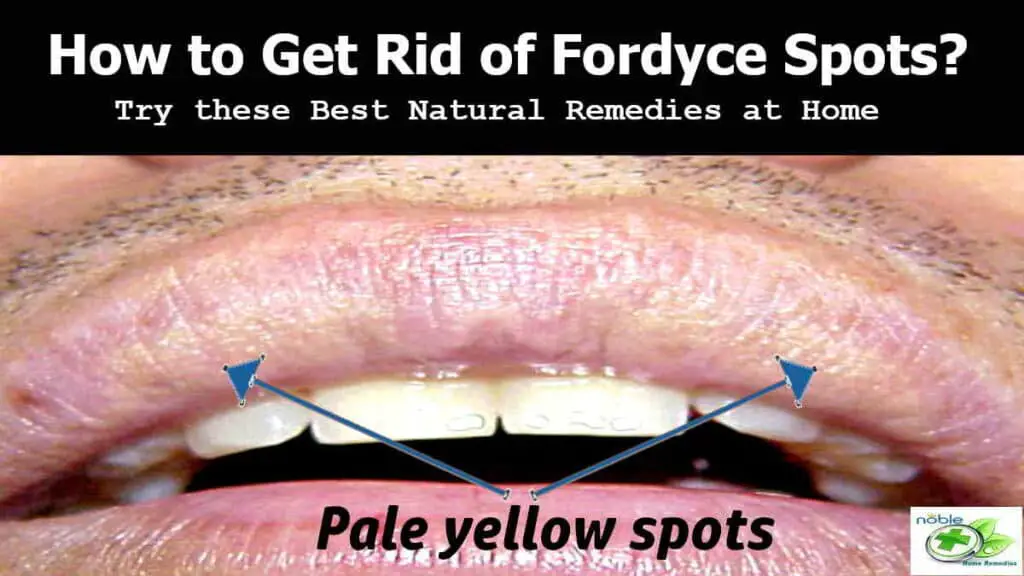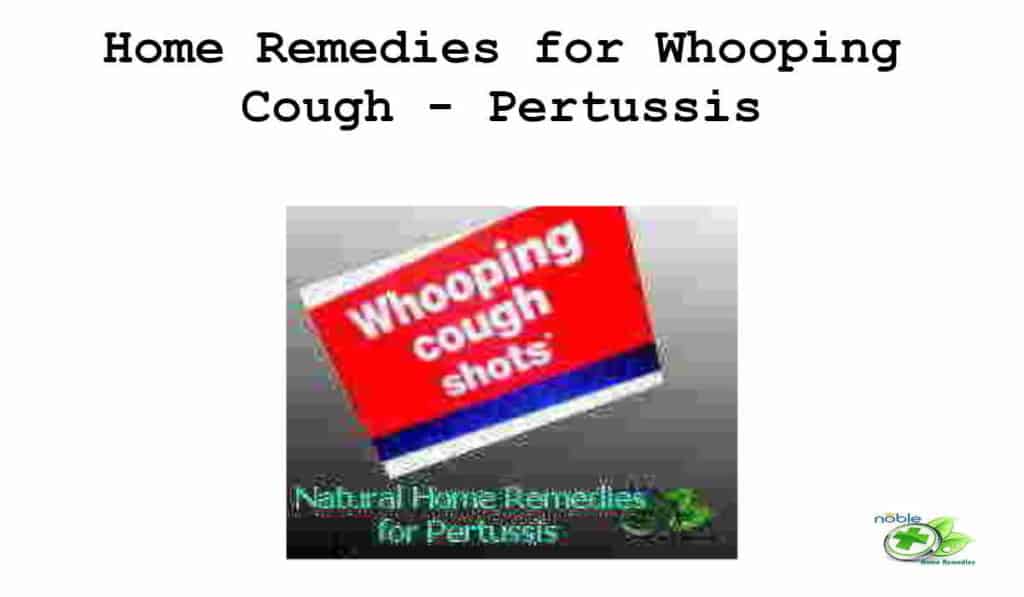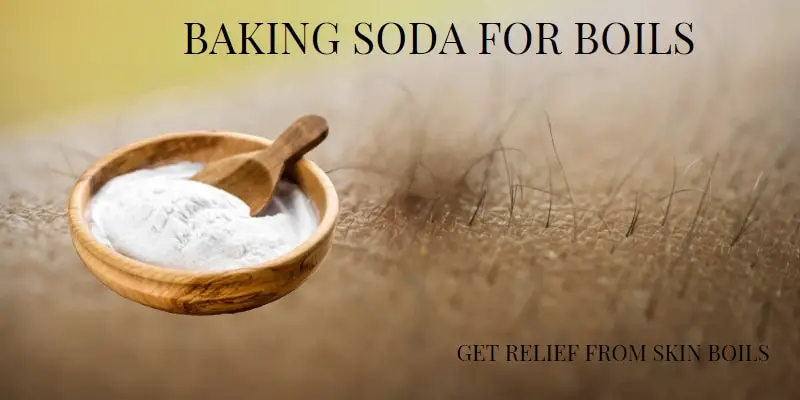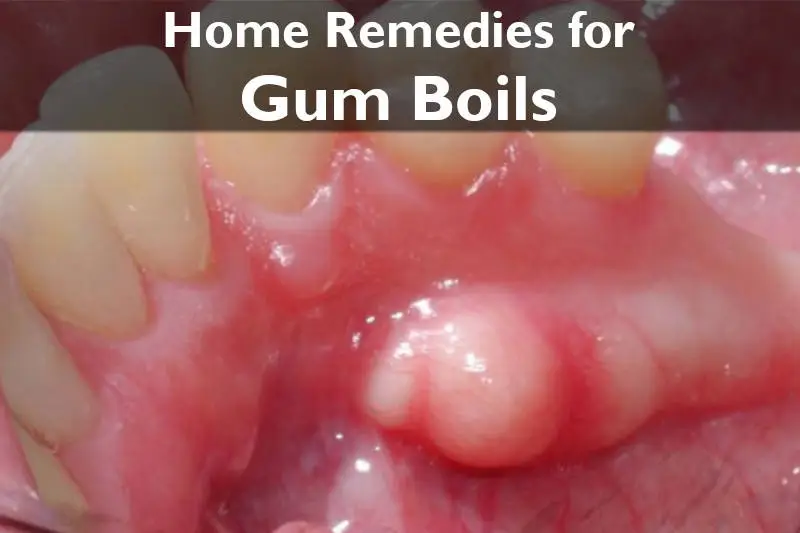Fleas Remedies for House: Proven Natural Solutions for a Flea-Free Home
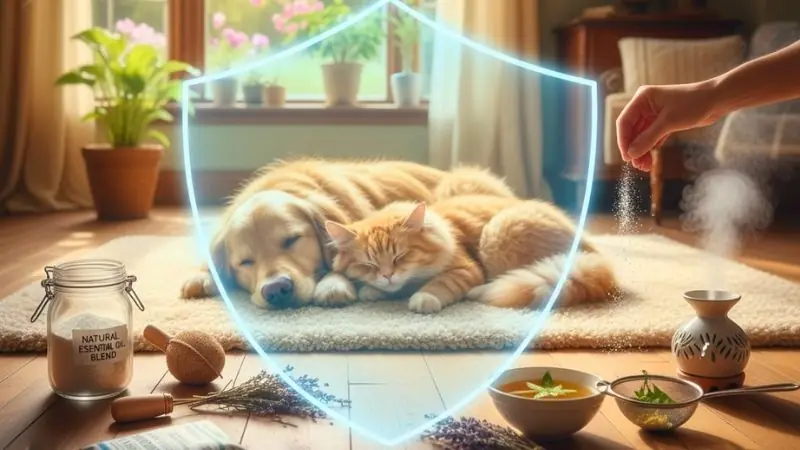
Reclaiming Your Home from Fleas
If you are reading this, you are probably dealing with an itchy, frustrating problem: fleas have invaded your home. Finding these tiny bloodsuckers hiding in your carpet or jumping on your pet can feel overwhelming. You might even be worried about the health risks they pose to your family and pets, as fleas are not just annoying; they can transmit serious diseases and cause skin issues.
It is natural to look for quick solutions, but you may want to avoid harsh chemical sprays that can irritate eyes, lungs, or skin. The good news is that you have safe, effective, and natural Fleas Remedies for House control that work!
This guide will walk you through the proven, actionable steps shared by pest control experts and veterinarians to help you eliminate fleas naturally and keep them from coming back. We will tackle the problem head-on, moving from immediate cleanup to long-term prevention, ensuring you and your furry friends can enjoy a truly flea-free home.
Understanding Your Enemy: Fleas and Their Life Cycle
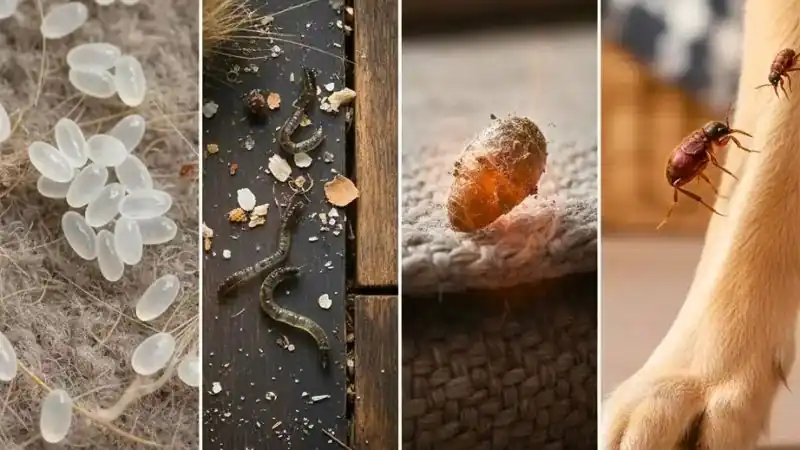
Before we dive into the solutions, let’s understand who we are fighting. Fleas are tiny, blood-sucking, parasitic biting insects. They are experts at hiding in your furniture, carpets, and on your pets.
The main problem with getting rid of fleas is that they spend most of their lives off your pet and hiding in your environment.
The Four Stages of a Flea Infestation
Fleas go through four life stages: the egg, larva, pupa, and adult. You need a control method that addresses this entire life cycle, or the infestation will just repopulate.
- Eggs: Female fleas lay several hundred eggs in their lifetime, dropping them onto the host animal a few at a time. These eggs quickly fall into carpets, bedding, and dust. Flea eggs make up about 50% of the flea population in an infested home.
- Larvae: After 2 to 10 days, eyeless, legless, worm-like larvae emerge. Larvae feed on detritus, like pet and human skin cells found in carpets and bedding. Larvae make up about 35% of the flea population.
- Pupae: The larva will pupate, forming a cocoon that can lie dormant for several months. The pupa waits until it detects a host nearby through warmth and vibrations before emerging as an adult.
- Adult Fleas: Once emerged, the adult jumps onto the host to feed. Adults spend more time off the host than on, hiding in bedding or other shelter until they are hungry again.
Key Signs Your House Has a Flea Problem
How do you know if you have fleas hiding in your space?
- Flea Dust: Look for small black specks of flea waste (feces) on bedding, carpets, or where your pet sleeps.
- Pet Behavior: Your pet may show restlessness, increased scratching, or bumps and hair loss on their skin.
- Flea Bites on People: In humans, flea bites are usually much smaller than a normal bug bite and typically cause itching. Cat fleas are most often associated with biting humans.
Why Choose Natural Fleas Remedies for House?
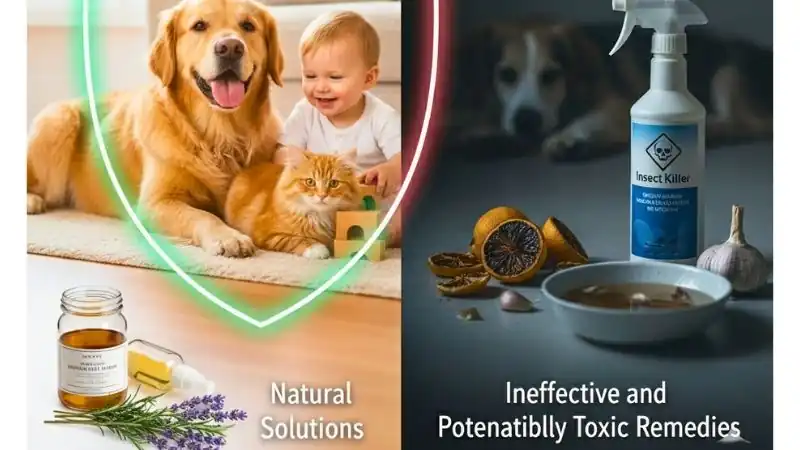
When facing an infestation, it’s tempting to grab the strongest chemicals you can find. However, choosing chemical-free Fleas Remedies for House offers several important benefits, especially for homes with pets and children.
Benefits of Natural Solutions
Natural DIY flea busters are often eco-friendly and prevent exposure to harsh chemicals. Commercial treatments sometimes contain harsh chemicals that may be toxic to your pet and your children. By using natural remedies, you avoid exposing your family to these toxins while still effectively managing the flea population.
Warning: Ineffective and Potentially Toxic “Home Remedies” to Avoid
While many natural solutions are safe, it is vital to know that some popular DIY treatments are not only ineffective but can be harmful, especially to your pets. When looking for Fleas Remedies for House, always prioritize safety and effectiveness.
Veterinarians warn against several treatments because they can harm your pet or create other health issues.
| Remedy | Why It Is Ineffective or Dangerous | Expert Caution |
|---|---|---|
| Dish Detergent | It can repel some bugs, but it is often irritating to the skin. Ingestion (from licking treated skin) can cause liver damage, and breathing in small droplets may lead to lung problems. | “And it’s not going to control the fleas,” says Dr. Robert Lofton, DVM. |
| Garlic/Brewer’s Yeast | Does not repel fleas because cats and dogs do not sweat like humans. Garlic is toxic to pets if ingested. | “Keep garlic away from your pets,” is the best advice. |
| Apple Cider Vinegar | Forcing pets to drink it is unsafe and ineffective; spraying it on pets is useless since they will lick and ingest it. | Does not work to kill fleas. |
| Alcohol | Only kills fleas if they are swimming in it (manual removal). Never spray or pour alcohol on a pet, as it can seriously harm them. | Does not kill adult fleas, and there is no evidence that it effectively dries out flea eggs and larvae. |
| Cedar Oil | Does not kill adult fleas, and there is no evidence it effectively dries out flea eggs and larvae. | Many dogs develop skin problems from beds stuffed with cedar shavings. |
| Tea Tree Oil | Pure tea tree oil is incredibly toxic to dogs and cats; even inhaling certain essential oils can cause serious issues. | Avoid using any essential oils around pets. |
| Salt | Requires a toxic amount to kill eggs and larvae in the home if licked by pets; you would need a “truckload” to cover all surfaces. | Using salt to kill fleas is dangerous and ineffective. |
| Baking Soda | Does not kill adult fleas, and there is no evidence that it effectively dries out flea eggs and larvae. | There are better methods to try than baking soda for fleas. |
| Boric Acid (Borax) | Only kills actively feeding flea larvae (35% of the population); ineffective against adult fleas, eggs, or pupae. May damage carpets/upholstery over time. | Not recommended if you have babies. |
Immediate Action: Physical and Mechanical Flea Removal
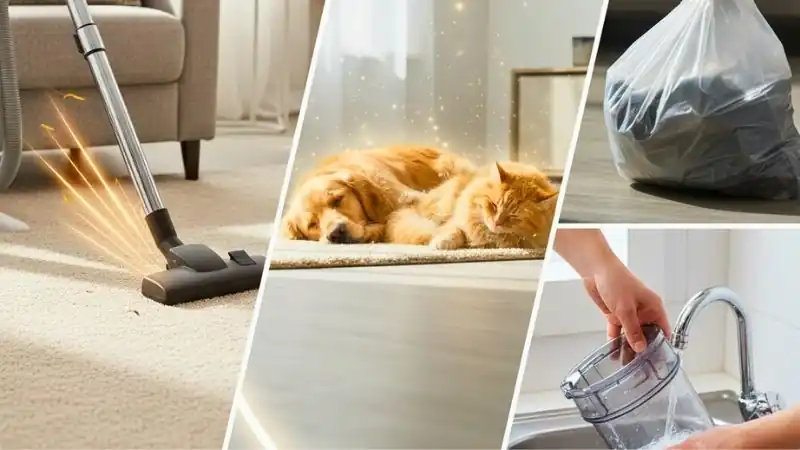
The first step in effective flea control is rigorous cleaning. The truth is, the best way to banish fleas is with good old-fashioned housework. These physical methods help remove and kill fleas at all life stages, breaking the cycle.
Daily Deep Vacuuming for Flea Control
Use a vaccume cleraner. Vacuuming is the best method for the initial control of a flea infestation. It traps and eliminates fleas at all stages of life.
- Vacuum Daily: Repeat this every day for at least two weeks. New flea eggs may hatch during this time, and regular cleaning disrupts their life cycle.
- Focus Areas: Pay special attention to areas where your pet sleeps. Vacuum hard and soft surfaces, including rugs, carpets, upholstery, couch cushions, along baseboards, and the cracks between floors.
- Attachments are Key: Use a narrow hose or brush attachment to get into crevices and underneath furniture.
- Trigger Hatching: Vacuuming can actually trigger flea eggs to hatch, which speeds up the treatment process because newly hatched fleas are easier to kill. Flea eggs are activated by vibration and warmth.
- Disposal: As soon as you finish vacuuming, immediately dispose of the vacuum bag outside to prevent fleas from escaping. If you have a canister vacuum, empty the canister into a trash bag outside, seal the bag, and throw it away. You can also wash the bagless canister with hot, soapy water.
Washing and Heating Pet Bedding and Fabrics
Flea eggs and larvae love to live wherever your pet spends time, especially in bedding.
Actionable Steps for Washing Fabrics:
- Strip Everything: Strip all bedding, including your own blankets, pillow covers, and anything soft your pets touch, like toys.
- Wash Hot: Wash all bedding and fabric items in hot, soapy water. The high temperature should be at least 120°F.
- Dry High: When drying, use high heat for at least an hour to kill any remaining eggs or larvae. If you have items that cannot go in the washing machine, stick them in the dryer only on high heat for 10 to 20 minutes to zap fleas.
- Repeat: Repeat this process at least once a week to prevent reinfestation. If the infestation is severe, consider discarding old pet bedding and replacing it.
Steam Cleaning to Kill Fleas and Eggs
Steam cleaning goes beyond what a vacuum can reach, destroying flea eggs and larvae deep within the fibers.
- Deep Penetration: The hot steam and soap penetrate fabric and upholstery to kill fleas in all stages of their life cycle.
- Focus Areas: Run the steamer over all carpets and any upholstered items where pets have access or where you notice flea dust. Pay particular attention to areas where pets sleep.
- Spot Test: Before you begin, test the steamer on a small, hidden section of upholstery or carpeting to ensure it does not cause discoloration.
Safe Natural Powders for Indoor Flea Treatment
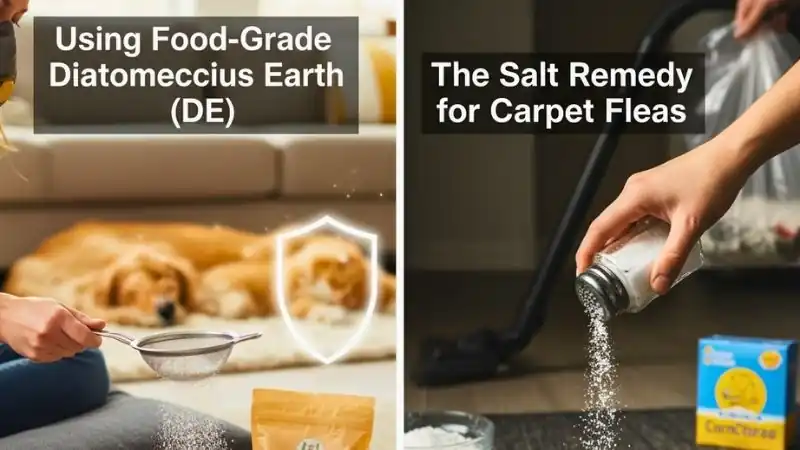
Sometimes, rigorous vacuuming might not be enough, especially with wall-to-wall carpets. Safe, natural powders can be used alongside cleaning efforts to help eliminate pests.
Using Food-Grade Diatomaceous Earth (DE)
Diatomaceous earth (DE) is a natural, algae-based product that kills fleas mechanically.
- How it Works: DE is a very sharp powder that damages the protective coating (exoskeleton) on fleas. This causes them to dry out and die from dehydration.
- Application Guide:
- Sprinkle: Sprinkle food-grade DE onto your carpets, upholstered furniture, bed skirts, and anywhere your pet sleeps.
- Wait: Let the powder set for several hours, or even up to a week.
- Vacuum: Vacuum it all up thoroughly.
- Repeat: Repeating this process for several weeks can help you get rid of fleas yourself.
- Safety Note: DE is nonpoisonous and organic, making it a safe choice for Fleas Remedies for House. However, because it is dusty, consider wearing a mask when applying it, especially if you have asthma or breathing problems, as inhaling it could potentially result in lung damage.
The Salt Remedy for Carpet Fleas
Simple, fine sea salt can be used on carpets to assist in flea removal, targeting eggs and larvae.
- Mechanism: When sprinkled on carpets, salt is thought to help dry out flea eggs and larvae.
- Actionable Steps:
- Sprinkle: Fill a shaker bottle with fine sea salt and sprinkle it over your carpet and under cushions.
- Set: Let the salt set for 12 to 24 hours.
- Vacuum: Vacuum it up thoroughly.
- Discard: Immediately throw away the vacuum bag or sealed canister contents outside.
- Tip: Some recommend mixing cornstarch with salt before vacuuming so fleas will die once they are sucked into the bag.
DIY Natural Liquid Fleas Remedies for House
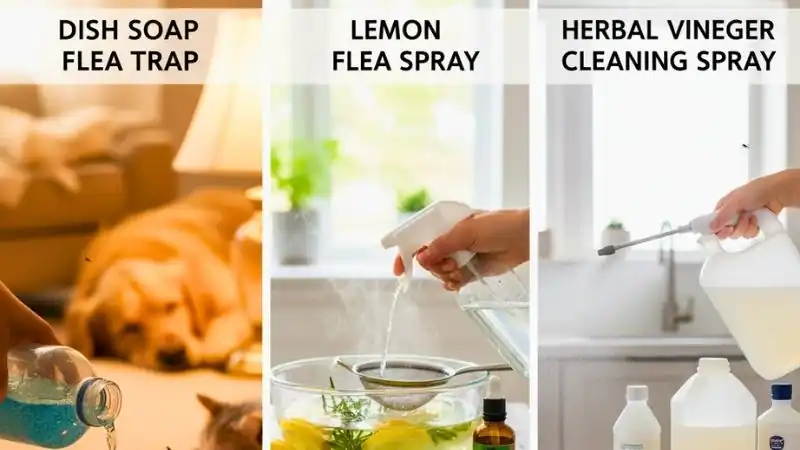
Liquid sprays and traps are crucial Fleas Remedies for House that you can make affordably using common household items. These options help both kill adult fleas and repel new ones.
Recipe 1: Simple Dish Soap Flea Traps
A dish soap flea trap uses the fleas’ natural attraction to light and heat against them.
Ingredients:
- Shallow dish or bowl (like a soup bowl)
- Warm water
- Dishwasher liquid or dish soap (about a capful)
- Incandescent lamp, or a lit tea light candle
Instructions:
- Prepare the Mixture: Fill the shallow dish with warm water, almost to the brim. Add a generous capful of dish soap and stir gently. The soap breaks the surface tension of the water.
- Placement: Place the bowls on the floor in areas where fleas are a problem, such as near pet sleeping spots or under beds.
- Attraction: Place an incandescent bulb lamp nearby, positioned so the light shines over the dish. Alternatively, you can float a smaller dish in the water and set a lit tea light candle on it (never leave candles unattended!).
- Function: The fleas are attracted to the light and warmth, jump toward it, and drown in the soapy water.
Recipe 2: Preparing a Lemon Flea Spray
Citrus extracts, like those found in lemon peels, contain compounds such as D-limonene that can treat both fleas and their eggs.
Ingredients:
- 6 fresh lemons, sliced
- 2 liters of boiling water
- A handful of chopped rosemary (optional addition)
- 4 drops of geranium essential oil (optional addition)
Instructions:
- Steep: Place the sliced lemons and chopped rosemary (if using) in a large bowl. Add 2 liters of boiling water.
- Infuse: Add the geranium essential oil (if using), cover the bowl, and let the mixture steep overnight.
- Strain and Store: Strain the liquid into a clean spray bottle.
- Application: Apply the liquid to furniture, pet bedding, carpets, and other areas where fleas are a problem once a day for up to 7 days. Repeat once a week for maintenance.
Recipe 3: Herbal Vinegar Cleaning Spray
Vinegar creates an acidic environment that can drive fleas away, making it a great repellent when used as a cleaner.
Ingredients:
- 1 gallon of white vinegar
- 1/2 gallon of water
- 2 cups of fresh lemon juice
- 1 cup of witch hazel
Instructions:
- Combine: Mix the vinegar, water, fresh lemon juice, and witch hazel in a large bucket.
- Pour: Pour the mixture into a large hand sprayer or spray bottle.
- Application: Spray the liquid over your carpets, pet bedding, and furniture. You can also use this mixture as an essential oil floor cleaner.
- Schedule: Spray once a day for up to 7 days, then repeat once a week for the remainder of flea season.
Essential Oils: Natural Flea Deterrents for the Home
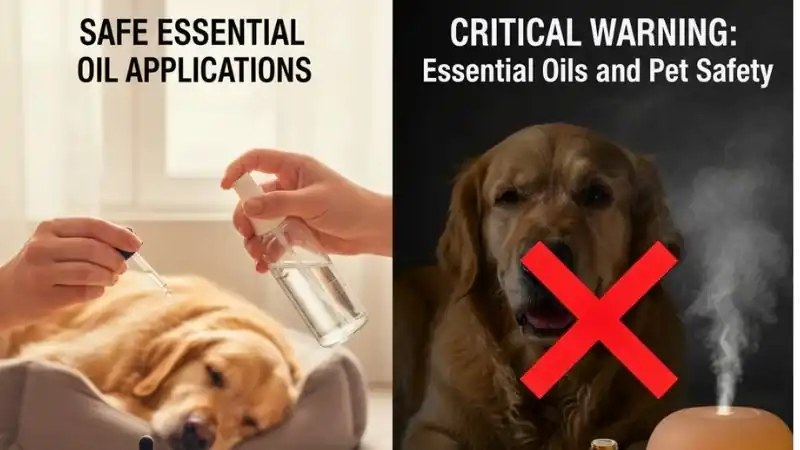
Certain essential oils can be effective natural deterrents when used correctly around the house. They offer a pleasant-smelling repellent option that tackles fleas without harsh odors.
Safe Essential Oil Applications
Essential oils like cedar, lavender, and eucalyptus may help discourage fleas from lingering in the area.
- Cedar Oil: Mix 1 to 2 teaspoons of cedar oil with 1 cup of water in a spray bottle. You can spray this solution on the perimeter of your property or home to keep bugs away.
- Eucalyptus Oil: This oil is effective at eliminating many types of bugs, including fleas. Mix 4 teaspoons of eucalyptus oil with 1 cup of water in a spray bottle and spray it around the perimeter of your yard.
- Lavender/Cedarwood Blend: A safe, effective spray can be made by mixing two drops of lavender oil with two drops of cedar wood oil and 12 ounces of water. This can be sprayed onto furniture and bedding to repel fleas.
- Cinnamon and Clove Oil: These are effective natural remedies that are toxic to fleas when they come into contact with the undiluted essential oil. Apply a few drops near problem areas.
CRITICAL WARNING: Essential Oils and Pet Safety
While essential oils can be used around the house, you must never apply them directly to your pet.
- Toxicity: Essential oils can be toxic to animals. For example, pure tea tree oil is incredibly toxic to dogs and cats, with even small amounts causing death.
- Inhalation Risk: Even inhaling certain oils, such as those from a room diffuser, can cause serious issues in pets.
- Ingestion Risk: Pets lick themselves, so anything you spray on them or their bedding will eventually be ingested.
If you are treating your pet, stick strictly to methods recommended by your veterinarian.
Advanced Strategies: Treating the Yard and Environment
Fleas often find their way into your home through your pets or from your yard. Therefore, effective Fleas Remedies for House must include outdoor prevention.
Lawn Maintenance and Debris Removal
Fleas thrive in shady, humid areas. Making your yard unwelcoming to pests is a key strategy.
- Mow Regularly: Keep your grass trimmed short. Overgrown bushes, grass, and vegetation create perfect hiding spots for ticks and fleas, and for the wildlife that carries them.
- Clear Debris: Rake lawn clippings, limbs, or lawn toys. Avoid cluttering your lawn with debris, leaves, or compost, as this provides great places for fleas, ticks, and wildlife (like rodents) to burrow.
- Block Entry: Check for cracks around windows and doors, and seal them up to make it harder for fleas to enter your home.
Introducing Beneficial Nematodes
Nematodes are a safe, all-natural outdoor solution that helps break the flea life cycle.
- What they are: Nematodes are microscopic eelworms. They are harmless to humans, pets, and the environment.
- How they work: Nematodes feed on the larvae of fleas, ticks, and other pests. By preying on the larvae, they limit the infestation.
- Application: Buy beneficial nematodes at home improvement stores or nurseries. Mix them with water according to package directions and spray the solution in a shaded area to control fleas and ticks.
Landscaping with Cedar Chips and Repellent Plants
Using certain natural materials in your landscaping can help deter pests.
- Cedar Chips: Using cedar chips around the edge of your yard or in landscaping is an old, effective way to repel fleas and ticks.
- Repellent Plants: Planting specific herbs can naturally deter pests. Effective plants include lavender, mint, and sage.
- Diatomaceous Earth Outdoors: You can also sprinkle food-grade diatomaceous earth on your lawn, shrubs, and other problem areas.
Maintaining a Flea-Free Environment
The process of getting rid of fleas may take up to two weeks, so consistency and persistence are essential. Long-term wellness for your home and pets depends on ongoing prevention and following expert advice.
Partnering with Your Veterinarian
If your pet has fleas, the first step is always to take them to the vet and get them on flea medication. Medications are the most effective preventative strategy against fleas and ticks.
- Addressing the Source: Flea control starts with keeping your pet clean. While bathing with pet shampoo and warm, soapy water can drown adult fleas and help pull them off the fur, this is not a preventative measure.
- Vet-Recommended Treatments: Your vet can recommend an effective oral or topical medication that kills adult fleas and prevents larvae from growing. They may prescribe a “spot-on” treatment applied to the back of the neck, or a chewable tablet.
- Life Cycle Control: Because people often forget that fleas have four life stages (egg, larva, pupa, adult), Dr. Robert Lofton points out that you need medication that controls the entire life cycle. If your pet is too young for medication (like puppies or kittens), while dish soap can kill adult fleas, alternative methods must be used to control the flea population in the environment.
- Resistance: Fleas have developed resistance to some medications, so your vet can recommend products that are currently effective in your area.
Consistency is Key: Long-Term Prevention
Keeping a flea-free home is an ongoing effort that requires simple, regular routines.
- Regular Combing: Use a fine-toothed flea comb daily to check your pet until your home is free of fleas. The comb helps pull up to 60% of fleas off your pet. Immediately dip the comb teeth in soapy water to drown any fleas removed. Focus on common areas like the back of the neck and the base of the tail.
- Quarantine: If possible, consider isolating your pet to a single room while you treat the house. This helps contain the infestation to one area.
- Consistent Cleaning: Maintain weekly washing of pet bedding and regular, thorough vacuuming to ensure new flea cycles are broken.
When DIY Solutions Aren’t Enough: Professional Help

Sometimes, despite your best efforts using mechanical and natural Fleas Remedies for House, the infestation is too heavy or persistent. If you don’t see results within two weeks, it might be time to call in a professional.
Signs of a Severe Infestation
If you are having trouble managing the fleas on your own, reach out to a professional pest control service. They can determine the size and source of the problem and use more intense chemicals if necessary.
Chemical Options and Safety Tips
Pest control specialists often use insecticides containing an Insect Growth Regulator (IGR) to manage large indoor infestations.
- IGRs and Adulticides: IGRs affect young fleas so they cannot fully mature, which breaks the life cycle. These products often last 2 to 6 months. Adulticides are used alongside IGRs to kill adult fleas.
- Aerosol Sprays vs. Foggers: Experts like Luke Lewis, Pest Management Expert, recommend aerosol insecticide sprays over foggers (flea bombs). Aerosol sprays allow you to direct the pesticide precisely into corners, baseboard seams, and underneath furniture—areas foggers often miss.
- Safety First: Always carefully read the label before using any pesticide. Some flea bombs are petroleum-based and pose a fire risk near pilot lights. Ensure all living things (pets, family) are removed from the area if required by the product, and always read warning labels in case they are unsafe around children or pets.
Flea Control Tips and Expert Insights
To maximize your success with Fleas Remedies for House, remember these expert tips and variations:
- Manual Removal Power: Use gloves when removing ticks or fleas from pets to protect yourself from possible toxins.
- Outdoor Chemical Use: For outdoor problems, pest control specialist Chikezie Onyianta suggests applying a chemical treatment containing an Insect Growth Regulator (IGR) along fences, under decks, and next to the home’s foundation. This may need to be repeated every 2–3 weeks for serious cases.
- Bathing Young Pets: If puppies and kittens are too young for flea medication, dish soap is safe for killing adult fleas, but you must use environmental controls to prevent reinfestation.
- Attract Helpful Bugs: Ladybugs and nematodes naturally eat fleas outdoors. Ladybugs can eat around 50 bugs each hour, so if you see them, leave them be!
- Timing Outdoor Spraying: The best time of day to spray your yard is in the early morning or early evening when temperatures are cooler. This prevents the solution from drying out too quickly, making it more effective.
- Quarantine Infested Items: If you have pet bedding or toys that cannot be easily washed, throw them away as soon as you can to prevent continued infestation.
Frequently Asked Questions (FAQ)
Conclusion: Take Control of Your Home Wellness
Dealing with fleas is stressful, but remember that you have the power to stop this infestation using effective, chemical-free Fleas Remedies for House. By focusing on immediate, consistent actions like daily vacuuming, washing bedding on high heat, and utilizing natural treatments like diatomaceous earth and soap traps, you are fighting fleas at every stage of their life.
You are taking the steps necessary to protect your pets and family, providing a healthier environment for everyone. If the problem feels too big, don’t hesitate to reach out to a pest control expert or your veterinarian for personalized advice.
Take Action Today! Grab your vacuum and start reclaiming your space. Choose consistency over chemicals, and enjoy the peace of mind that comes with a naturally flea-free home!
8 Sources:
Noble Home Remedies relies on peer-reviewed studies, academic research institutions, and medical associations for accuracy and reliability while avoiding tertiary references. Our editorial policy provides more information about how we ensure our content is accurate and up-to-date.
- 11 Home Remedies for Fleas and Ticks That Actually Don’t Work
https://www.petmd.com/parasites/flea-and-tick-treatments-that-dont-work - 14 Fast & Easy Ways to Get Rid of Fleas in Your Home
https://www.wikihow.com/Get-Rid-of-Fleas-in-the-House-Fast - 8 DIY Natural Flea Remedies for Your Home
https://www.pugvillage.com/forum/pug-health-care/237482-8-diy-natural-flea-remedies-your-home.html - Controlling Fleas and Ticks Around Your Home
https://www.epa.gov/pets/controlling-fleas-and-ticks-around-your-home - Fleas
https://www.kiwicare.co.nz/problem/fleas/ - Great Home Remedies To Get Rid Of Fleas
https://www.pestnet.com/fleas/great-home-remedies-to-get-rid-of-fleas/ - https://www.angi.com/articles/homemade-fleas-tick-killer-yard.htm
https://www.angi.com/articles/homemade-fleas-tick-killer-yard.htm - Natural Flea Remedies for Your Home
https://www.webmd.com/pets/ss/slideshow-fleas-natural-remedies
Trust in your purchase:
Every product featured on our site has been carefully researched and selected based on quality, customer ratings, and positive reviews to ensure you receive excellent value for your money.
Please note:
This post contains affiliate links. If you make a purchase through these links, we may earn a small commission at no additional cost to you. This helps support our site and allows us to continue bringing you valuable content. Thank you!
Thank you for your precious time spent with NobleHomeRemedies.
You may also like:
How to Get Rid of Fordyce Spots
How to Get Rid of Fordyce Spots: 5 Effortless Home Remedies Fordyce spots are those…
Best 10 Home Remedies for Whooping Cough – Pertussis
Best 10 Home Remedies for Whooping Cough – Pertussis Whooping cough is a disease, also…
Baking Soda for Boils
Baking Soda for Boils: Shrink and Dry Out Painful Bumps Boils are red, swollen bumps…
Home Remedies for Gum Boils
7 Powerful Home Remedies for Gum Boils: For A Quick Relief! Are you suffering from…
8 Useful Vertigo Home Remedies
8 Useful Vertigo Home Remedies Vertigo is an illness that causes a feeling of loss…
Witch Hazel for Yeast Infection
Natural Witch Hazel for Yeast Infection: Antimicrobial Are you feeling itchy and uncomfortable in your…

